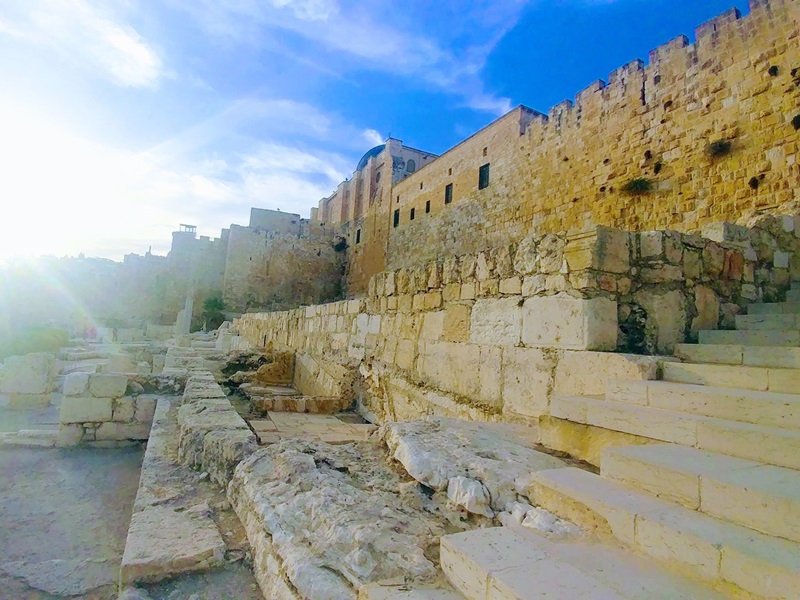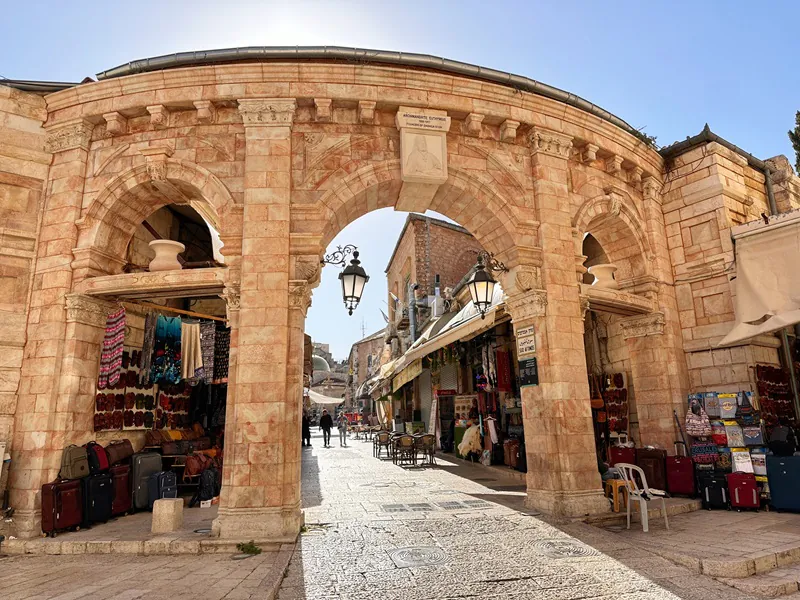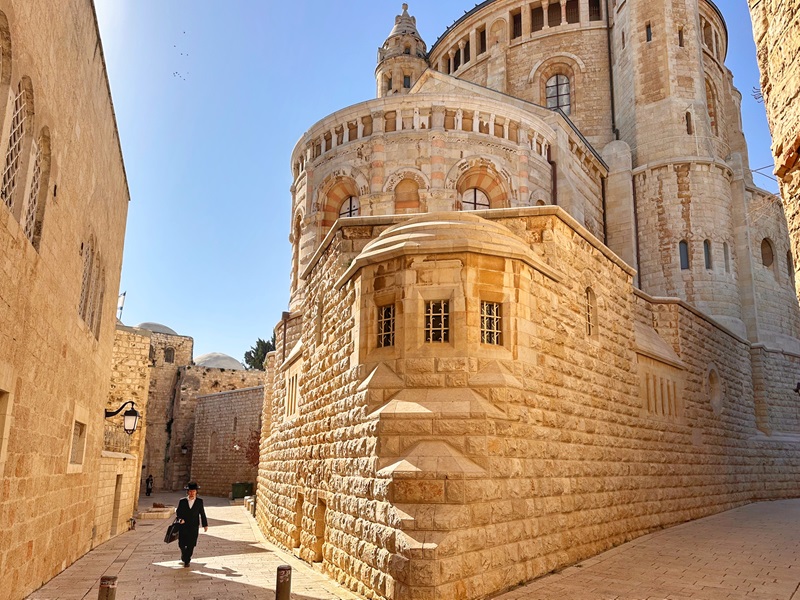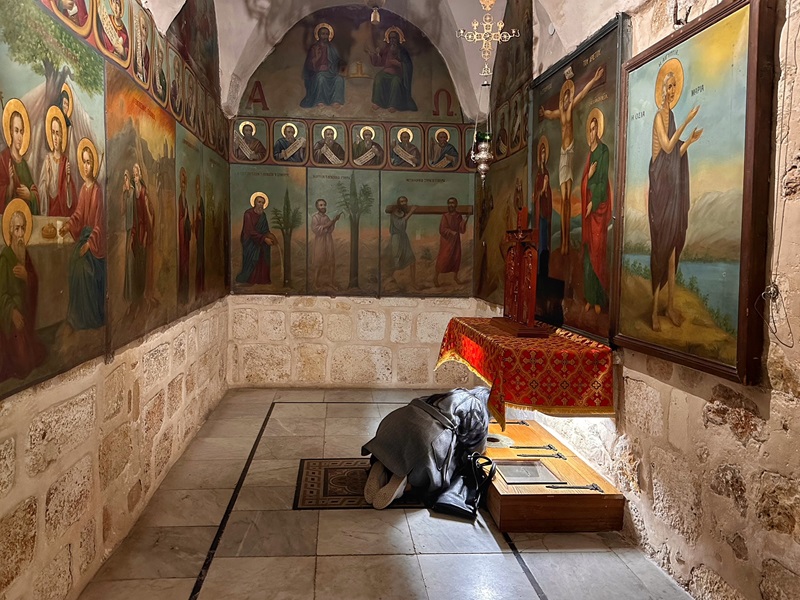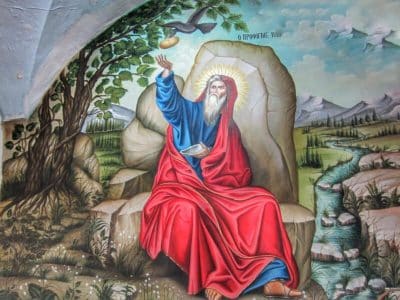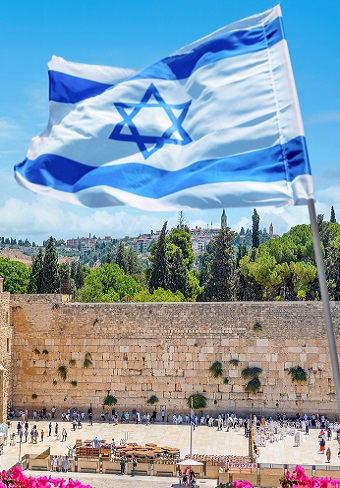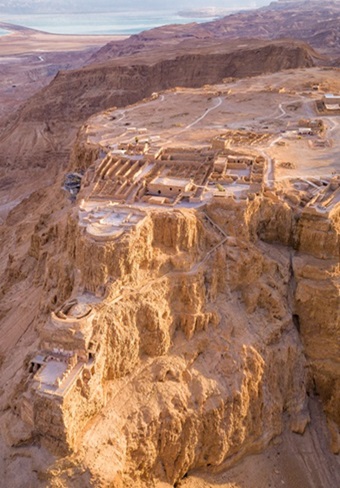Mount of Olives
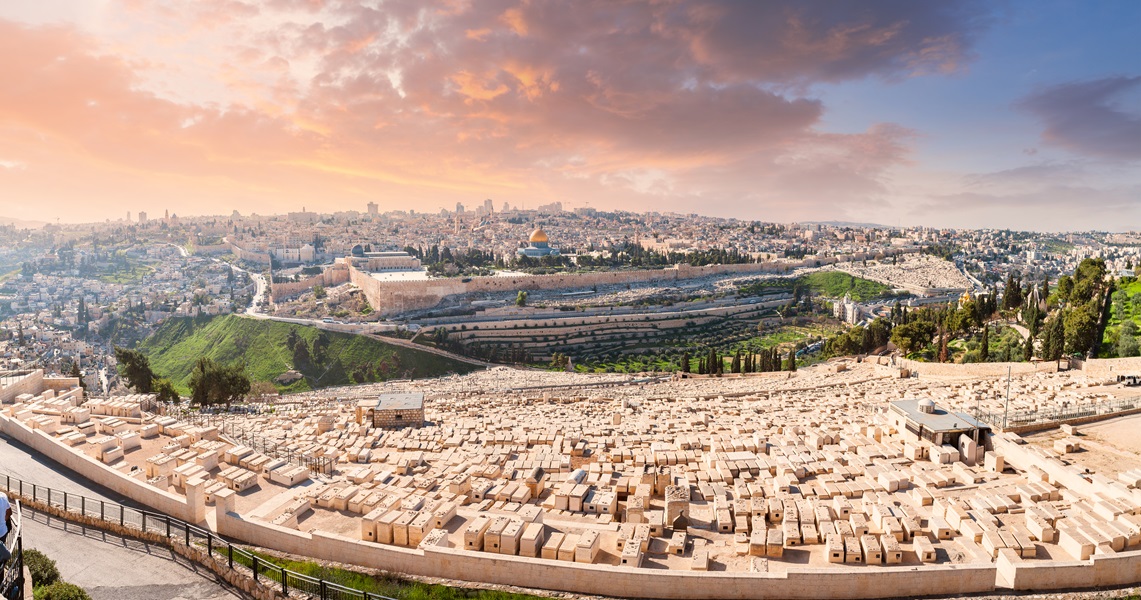
The Mount of Olives, a prominent hill rising to the east of Jerusalem’s Old City, is named after the olive groves that once covered its slopes. Its rich history and religious significance make it one of the most important landmarks in the region. For Christians, the Mount of Olives is a sacred place tied to key events in Jesus’ life. According to the New Testament, Jesus delivered the “Little Apocalypse” here, speaking about the end of times and his second coming. The Mount is also the site of Jesus’ ascension into heaven after his resurrection, an event described in Acts 1.
For Jews, the Mount of Olives has deep spiritual significance, serving as the location where the divine presence, or Shechina, is believed to dwell after the destruction of the Second Temple. This belief ties into its role as a central point in Jewish eschatology, with many Jews believing that the resurrection of the dead will begin here when the Messiah comes.
Mount of Olives Jewish Graveyard
The western slopes of the Mount of Olives have been a burial ground for the Jewish community since the first century CE. Over time, the cemetery expanded, becoming one of the most significant Jewish burial sites in the world, with more than 300,000 graves. Tombstones on the Mount date back centuries and reflect the rich cultural and religious heritage of Jerusalem’s Jewish community.
During the 1948 Arab-Israeli War, Jordan took control of the Mount of Olives and East Jerusalem. Despite a formal agreement with Israel to allow access and protect religious sites, Jordan did not honor this treaty. The cemetery suffered extensive desecration, with an estimated 38,000 graves damaged or destroyed. Some graves were cleared entirely to make way for road construction and a hotel.
After Israel regained control of the Mount of Olives in the 1967 Six-Day War, extensive restoration efforts began. Damaged graves were repaired, and the cemetery was reopened for burials. Today, the Mount of Olives Jewish Cemetery stands as a symbol of resilience, with its tombstones overlooking Jerusalem as a testament to centuries of Jewish faith and tradition.
Touring the Mount of Olives
The Mount of Olives is a must-visit destination for anyone exploring Jerusalem. Its breathtaking viewpoints provide unparalleled panoramas of the Old City, including the Temple Mount, the Dome of the Rock, and the surrounding valleys. Beyond its stunning views, the Mount is home to several religious and historical landmarks that draw visitors from around the world:
Mount of Olives Jewish Cemetery: Spanning centuries, the Jewish tombs on the slopes of the Mount highlight the enduring connection between Jerusalem and its Jewish community. The cemetery’s location is also symbolic, reflecting the belief in the Messiah’s arrival and the resurrection of the dead.
Church of Pater Noster: Originally built in the 4th century CE, this church is traditionally identified as the location where Jesus taught his disciples the Lord’s Prayer (Luke 11). The site features inscriptions of the prayer in over 140 languages.
Chapel of the Ascension: This small chapel, situated at the summit of the Mount, marks the traditional site of Jesus’ ascension to heaven (Acts 1). The site offers views of the city and holds deep spiritual meaning for Christians worldwide.
Dominus Flevit: Latin for “The Lord Wept,” this tear-shaped chapel commemorates the moment when Jesus wept over Jerusalem and foretold its destruction (Luke 19). The chapel’s design and location provide a serene setting for reflection.
Additional Landmarks
At the base of the Mount of Olives and nearby, several other significant sites enrich the experience:
Garden of Gethsemane: Adjacent to the Mount of Olives, this ancient olive grove is one of the most revered Christian sites. It is here that Jesus prayed on the night of his betrayal, a moment of deep anguish that is central to Christian faith. Some of the olive trees in the garden are believed to be over 1,000 years old.
Church of All Nations: Located within the Garden of Gethsemane, this grand church commemorates Jesus’ agony before his arrest. Its name reflects the international support for its construction, with funds contributed by many nations.
Grotto of Gethsemane: This cave near the Garden of Gethsemane is revered as the place where Jesus prayed while his disciples slept, despite his repeated requests for them to stay awake and watch.
Tomb of the Virgin Mary: Located in the Kidron Valley, this sacred site is traditionally believed to be the burial place of Mary, the mother of Jesus. The Crusader Queen Malisenda built the complex in the 12th century, and she is buried in one of its crypts.
Kidron Valley Tombs: The monumental tomb marks of Absalom, Zechariah, and Benei Hezir are significant for their biblical associations and architectural grandeur.
Execution Site of Saint Stephen: Near the Lion’s Gate in the Kidron Valley lies the site where, by local tradition, Saint Stephen, Christianity’s first martyr, was stoned to death. This location marks a pivotal moment in early Christian history.
The Mount of Olives offers a profound blend of natural beauty, historical depth, and spiritual resonance. A visit here is a journey through centuries of faith and tradition, offering unforgettable experiences for people of all backgrounds.
A tour of Mount of Olives can be combined with a guided day tour of Jerusalem.

